I love teaching math in kindergarten because I LOVE MATH! Seriously. It was always my favourite subject in school. I took extra Math courses in college for fun – yes, I’m that weirdo.
I’ve met so many people who absolutely can’t stand math and I wonder – when did that start? Was it because of people around them who hated math? Was it because they never really understood it?
Foundational math skills taught in Kindergarten set the base for all future math learning. I have seen such a focus on early literacy, but early numeracy skills are just as important! We use math in our lives every single day.
One of my goals in my classroom is to instill a love of learning, but especially to encourage more math-lovers like me in the world!
Before I get into it, I just wanted to mention that this is the way I have taught math in my classroom. It’s definitely not the only way to do things and might not work for everyone!
Let me know in the comments if you’ve found something helpful, or what I may be missing.
SCOPE AND SEQUENCE FOR MATH IN KINDERGARTEN
The concept of scope and sequence is the plan (order and when), ideas, and concepts to be covered in a subject – in this case, Kindergarten math. We are often given a list of goals and objectives, but not how and when to teach them.
A scope and sequence gives you a reference and starting point to plan out each month of teaching. It helps to ensure we cover all concepts, and that we introduce them in an order that makes sense to your students’ abilities.
MATH TOPICS COVERED
- Counting and Cardinality (Counting up 10, then 20, then 100; number recognition, writing numerals, connecting quantities to numbers)
- Patterns
- Geometry (2D & 3D Shapes and Symmetry)
- Measurement & Data (Sorting, Size activities, Classifying and Comparing)
- Basic Operations (Simple Addition & Subtraction)
PROCESS FOR TEACHING MATH IN KINDERGARTEN
So how do I teach these concepts?
For each new concept, I follow the same process – direct/explicit instruction (in a whole group setting), hands-on practice (whole group then centers), small groups for further instruction and assessment, and if needed, one-on-one support.
USING TECHNOLOGY
I really enjoy using technology to teach and further math skills. I use my SMART board in my direct instruction, and iPads during centers. Students really get the hang of it so quickly, allowing a lot more independent work.
My top tech tool to use in Kindergarten is Boom Cards™ (check out this blog post for more details). I enjoy Google Slides™ too – though I mostly use them for instruction, rather than assigning to students, because of restrictions from my school board.
Another platform I really enjoyed in my last teaching assignment was Mathletics – the website is very engaging with learning games for students, tracks their progress, and has videos for instruction.
ASSESSMENT
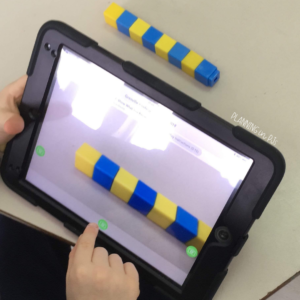
In my province (Quebec), in kindergarten, assessment is based on observations. We do, however, still need to keep some sort of record of progress. My primary methods are taking quick notes and photos of students completing activities.
The tools I’ve used are Google forms, Google docs, and Seesaw. With Seesaw, I often had my students taking photos of their own work and adding them to their portfolios.
Once per term, I directly assess my students’ skills in number (and letter) recognition, as well as shape and color recognition.
MATH CENTERS
Centers have always been a key component in my classroom, for all subjects – I usually do a mix during that time, and not specifically just math. When I plan out my centers, I try to make them mostly independent, so that I can explain them and then can work with a small group (or individual students if needed).
This takes a LOT of practice, but they eventually get the hang of it! I create the groups (sometimes randomly, sometimes not), and put a timer for each center. When the time is up, students clean up where they’re working before moving on to the next.
MATH IN CLASSROOM LIFE
There are a ton of ways you can incorporate math into your daily classroom life! Some times are more intentional and part of the routine (such as calendar time, or counting students during attendance), and others are more random and natural (for example, adding a price sheet to a grocery store in dramatic play).
During play, I will often ask questions to students to get them thinking, and they enjoy practicing what they’ve previously learned.
ENGAGING STUDENTS IN MATH IN KINDERGARTEN
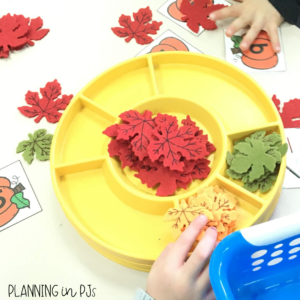
There are so many ways to keep students engaged in learning math! Themes are fun and allow students to practice concepts again and again. It also encourages learning about time, as we introduce many themes at specific times of year (seasons, holidays, etc.).
I like to use math games a lot too, during centers and free play. One of the best ways to get a student to play a game during playtime is to offer to play it with them!
Books, videos, and technology are useful for keeping students engaged.
TEACHING MATH IN FRENCH
My journey in teaching has led me to teach Kindergarten in both English and French classrooms. I have picked up some tips and tricks along the way to make teaching math in French easier for educators working in French Immersion or bilingual schools.
As mentioned in the above sections, in French I’ve kept students engaged with centers, games, and many hands-on activities. Incorporating math skills into everyday classroom life is essential, to have repeated exposure to vocabulary that is even less familiar in a second language.
What strategies are you looking forward to trying? Are there similarities between my classroom and yours? Let me know in the comments below!
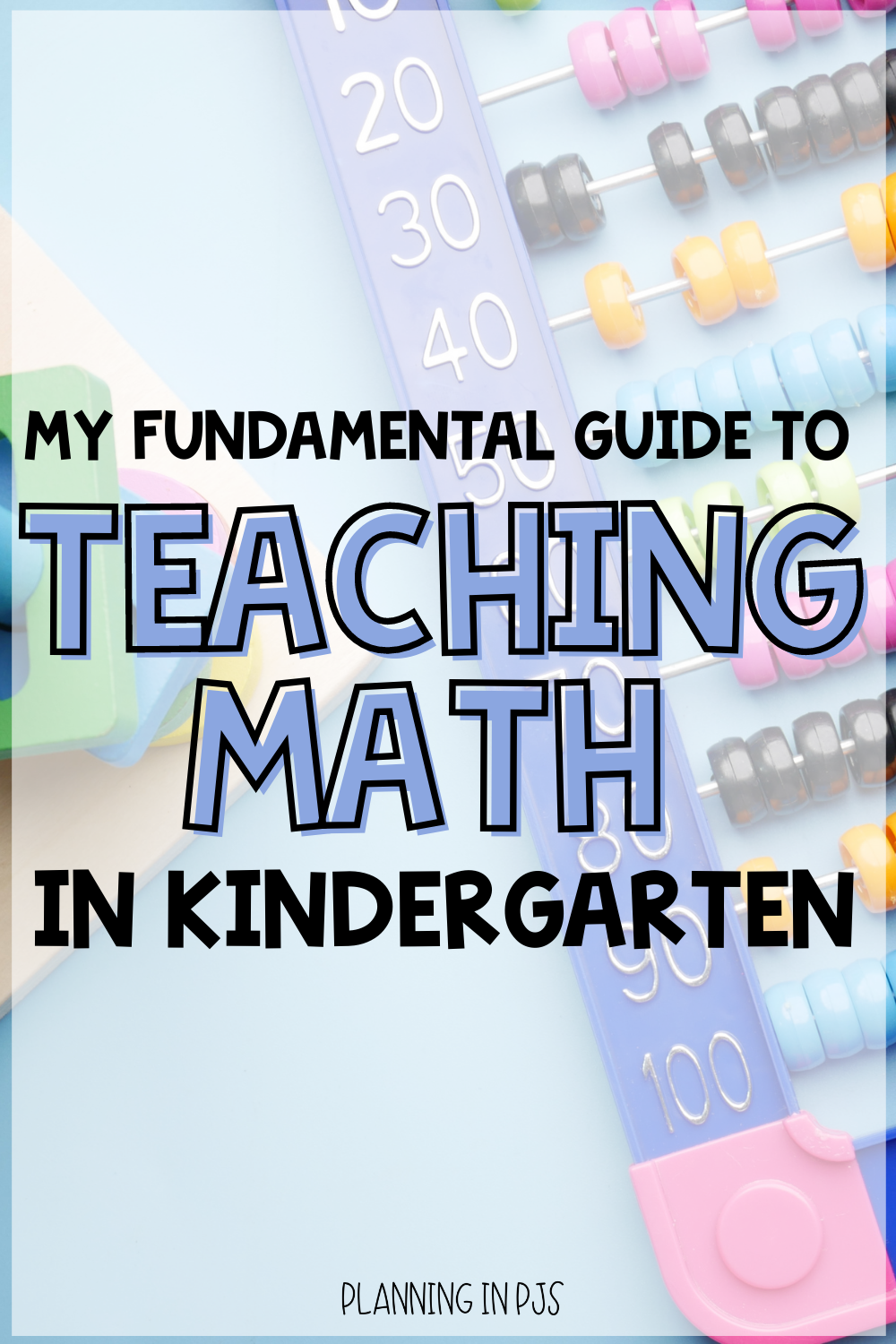
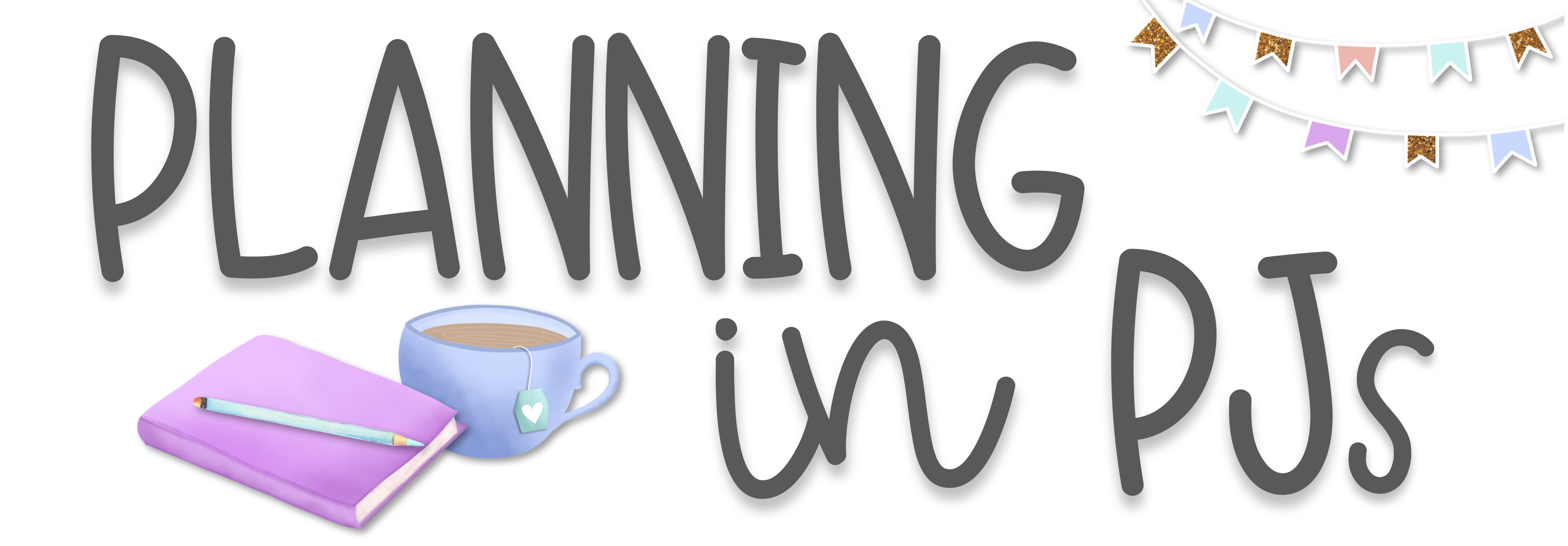
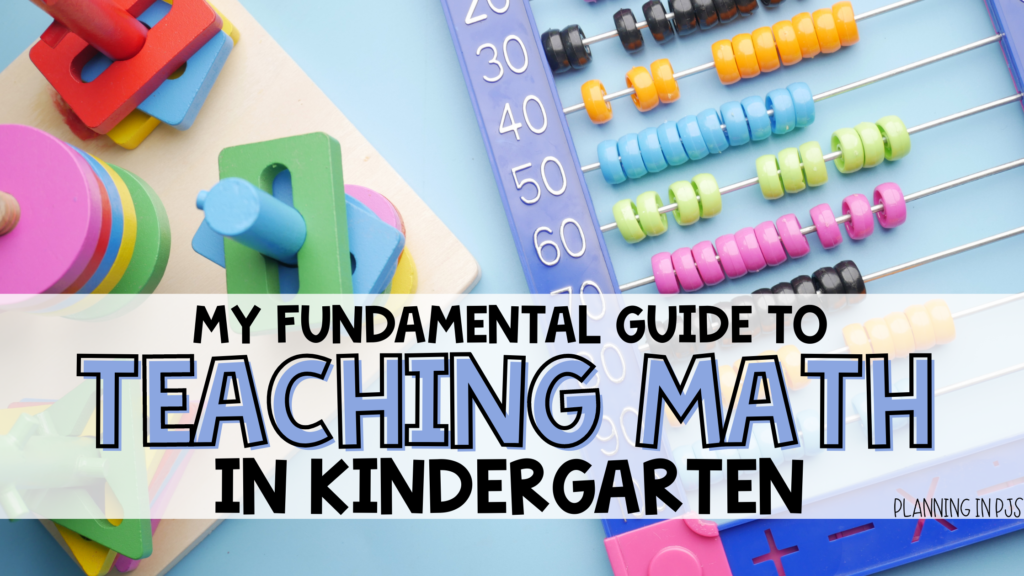
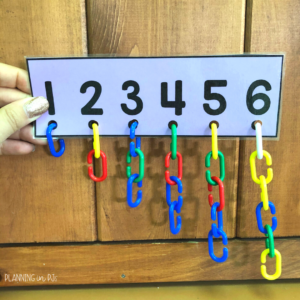
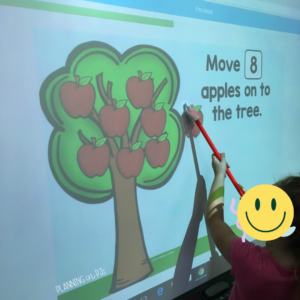
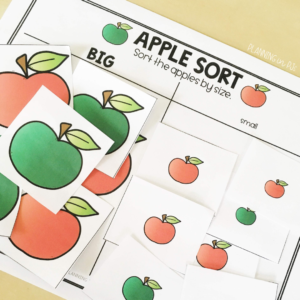
3 comments